NOW & THEN
In 1911, Balthasar Merz started running the textile factory on the Swabian Alb in Germany.
A century later, in 2011, Gitta & Peter Plotnicki, life- and business partners based in Berlin, re-established the brand after the descendants of the founder had shut down the production.
Their passion for authentic clothing and their vision to revive traditional textile production and combine it with a modern sustainable approach led them to the Swabian Alb.
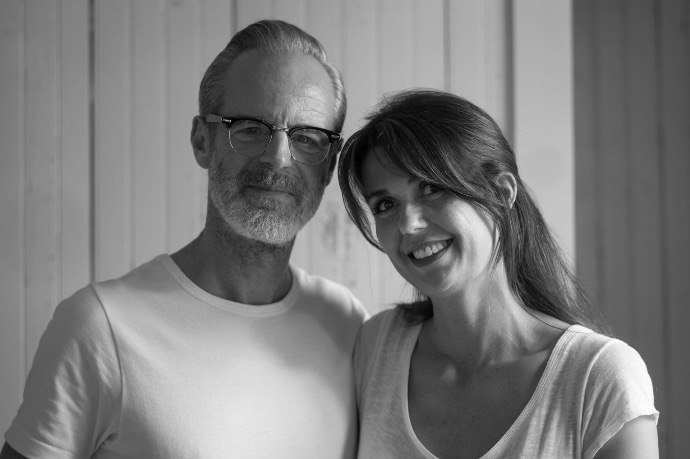

THE FATEFUL FIND
An over-90-year-old henley of the former brand caught the couple's eyes at a flea market in Berlin.
This piece was something Gitta & Peter had never encountered before and that was the original worker's henley that should change their lives.

THE FATEFUL FIND
An over-90-year-old henley of the former brand caught the couple's eyes at a flea market in Berlin.
This piece was something Gitta & Peter had never encountered before and that was the original worker's henley that should change their lives.
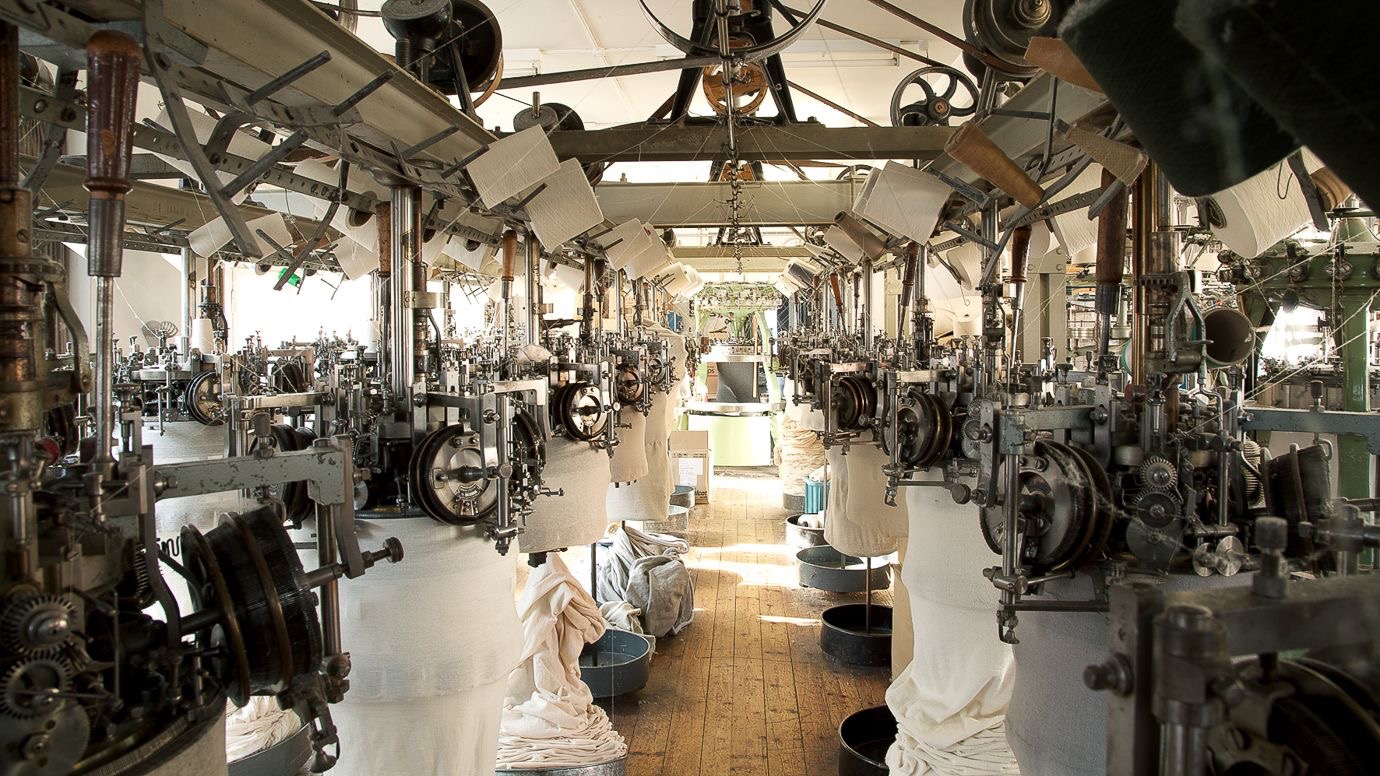
REVIVING THE GENTLE GIANTS
Gitta & Peter visited the Swabian Albs to meet with textile manufacturer Rudolf Loder.
He surprised them with 32 loopwheelers: These 32 authentic and unique machines still produce the fabric for our GOOD ORIGINALS to this day, making them naturally limited and unique.

REVIVING THE GENTLE GIANTS
Gitta & Peter visited the Swabian Albs to meet with textile manufacturer Rudolf Loder.
He surprised them with 32 loopwheelers: These 32 authentic and unique machines still produce the fabric for our GOOD ORIGINALS to this day, making them naturally limited and unique.
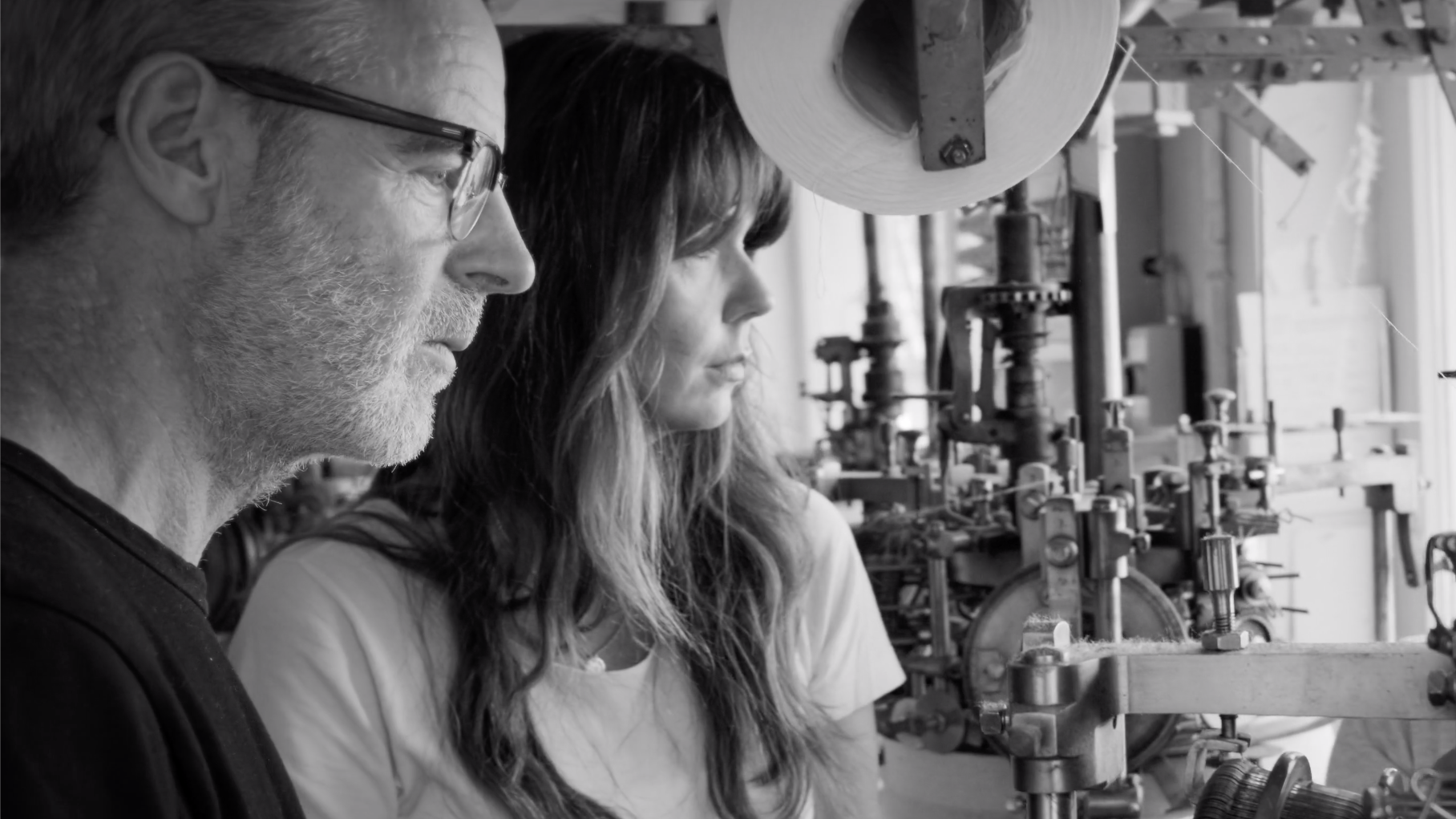
THE HERITAGE LIVES ON
With ambition, passion, and confidence, all worked hard to revive the brand.
While Gitta & Peter designed the first collection, Loder ensured the machines were running again. With the project raising dust around Swabian Albs, even the original founder's descendants stepped in and offered something huge: the brand's name 'Merz b. Schwanen'.

THE HERITAGE LIVES ON
With ambition, passion, and confidence, all worked hard to revive the brand.
While Gitta & Peter designed the first collection, Loder ensured the machines were running again. With the project raising dust around Swabian Albs, even the original founder's descendants stepped in and offered something huge: the brand's name 'Merz b. Schwanen'.
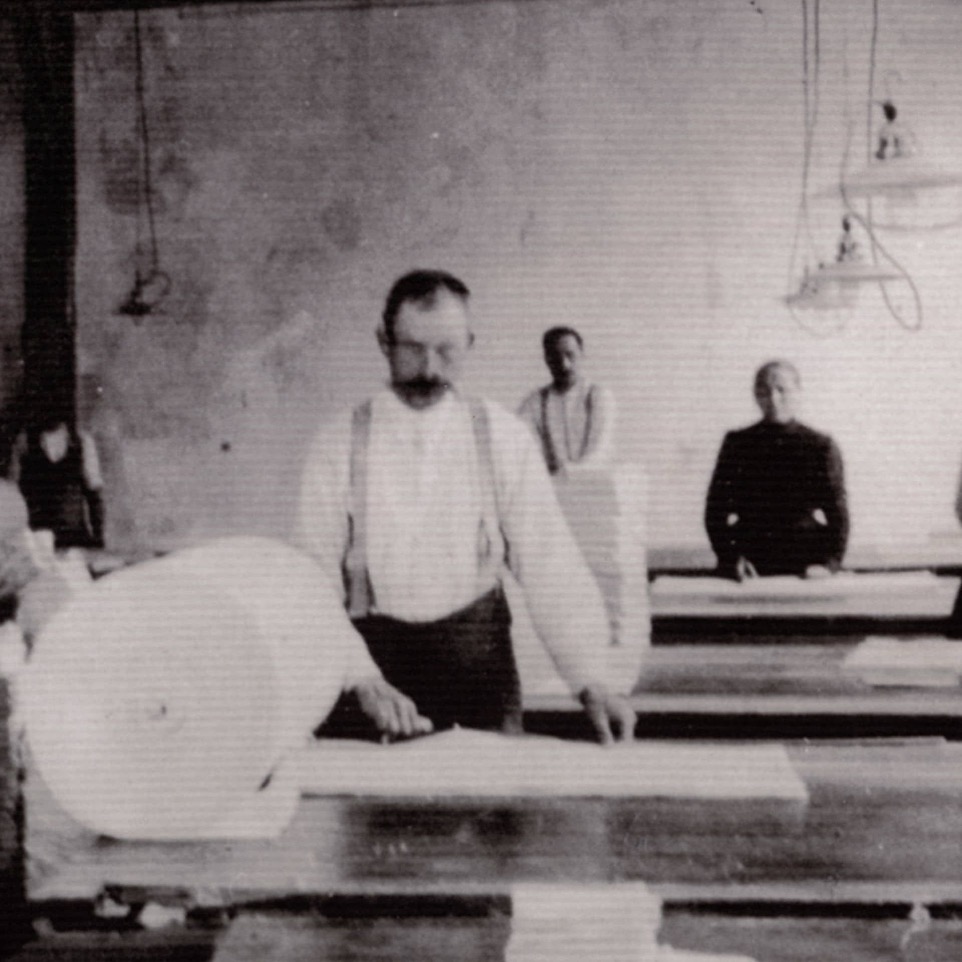

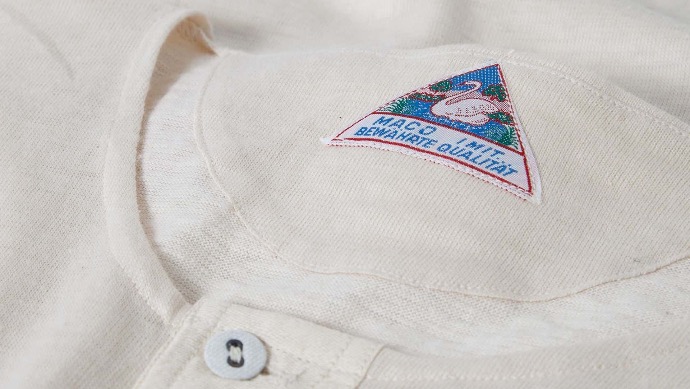
THE FATEFUL FIND
“We were instantly fascinated by the unique fabric with its authentic texture and special haptics. It also had triangular inserts under the arms, an intricate label, and its lettering made with fine viscose thread. And on top of it all – there were no sideseams.”
That was something Gitta & Peter Plotnicki had never encountered before: They held an authentic worker's henley shirt from 1911 in their hands.
Gitta & Peter Plotnicki, both fashion designers, and Peter, also a professional men's tailor, instantly knew that this flea market find was a very special piece.
A feeling of happiness overcame them.
Gitta & Peter instantly knew that this rarity was destined to alter the course of their whole lives.
THE FATEFUL FIND
“We were instantly fascinated by the unique fabric with its authentic texture and special haptics. It also had triangular inserts under the arms, an intricate label, and its lettering made with fine viscose thread. And on top of it all – there were no sideseams.”
That was something Gitta & Peter Plotnicki had never encountered before: They held an authentic worker's henley shirt from 1911 in their hands.
Gitta & Peter Plotnicki, both fashion designers, and Peter, also a professional men's tailor, instantly knew that this flea market find was a very special piece.
A feeling of happiness overcame them.
Gitta & Peter instantly knew that this rarity was destined to alter the course of their whole lives.
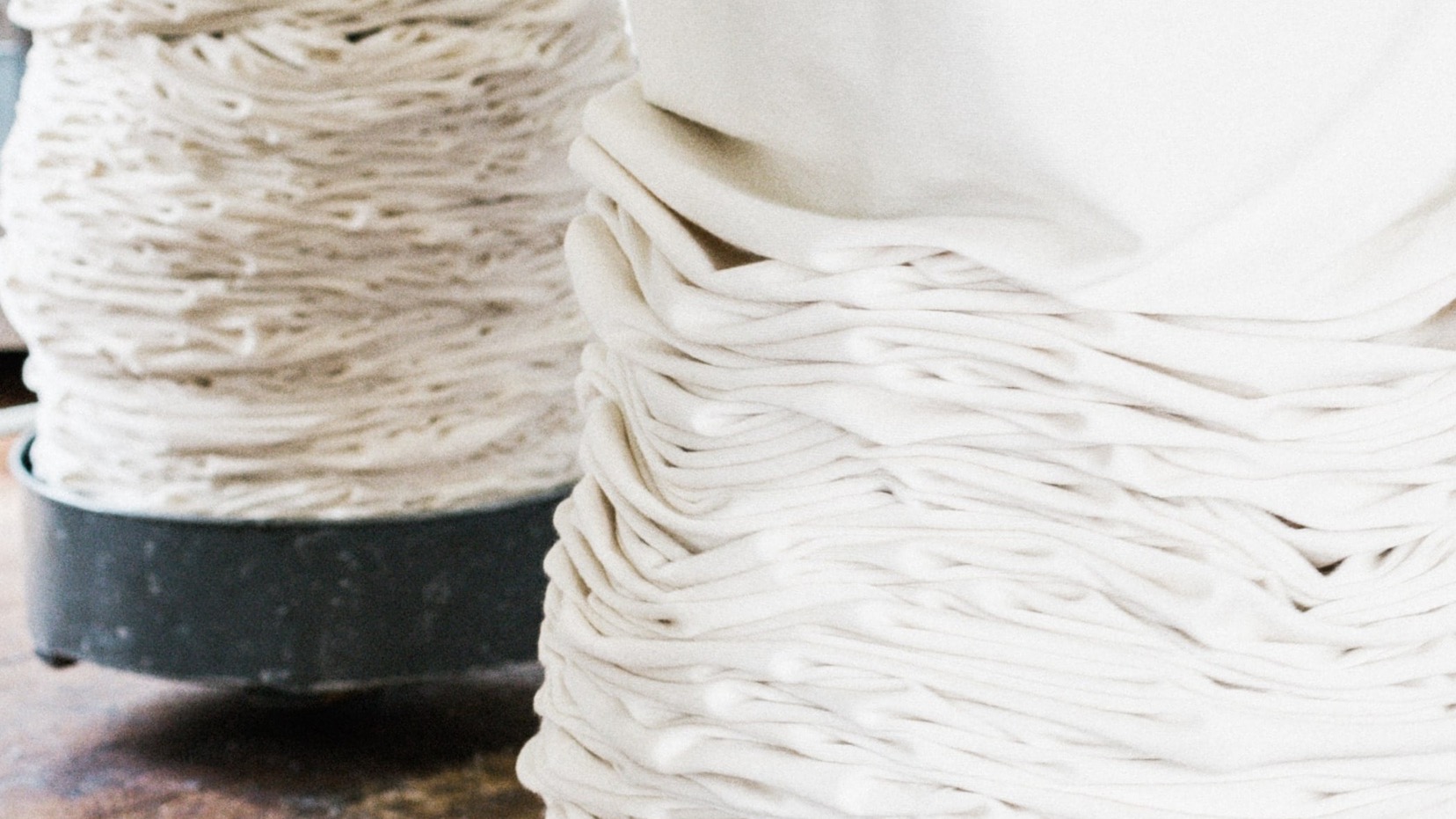
REVIVING THE GENTLE GIANTS
Gitta & Peter Plotnicki visited the Swabian Alb and met one of the last textile manufacturers, Rudolf Loder.
The latter surprised the Plotnickis with 32 authentic loopwheelers from the 1889s to 60s – unused and covered with dust.
“Gitta's and Peter’s idea to revive these machines to fabricate new but traditionally made circular knitwear amazed me”, said Loder. Rudolf Loder is a 'textilist' with heart and soul. Together, the three started to put their idea into practice.
Naturally Limited
You might know the saying: 'Good things take time.' Applying to the whole project of reviving the brand, it still applies to this date when producing our GOOD ORIGINALS.
With a total of 32 loopwheelers of all sizes, the production capacity is naturally limited. Moreover, loopwheeling the fabric for one T-shirt takes about 20 times longer than the production on modern machines. All this makes our unique fabrics a very limited commodity. Yet, this uniqueness is truly palpable and visible, and every piece is surely worth the wait since there's nothing like it today.
Interested in the whole production process with our original loopwheelers? Just click here and discover more.
REVIVING THE GENTLE GIANTS
Gitta & Peter Plotnicki visited the Swabian Alb and met one of the last textile manufacturers, Rudolf Loder.
The latter surprised the Plotnickis with 32 authentic loopwheelers from the 1889s to 60s – unused and covered with dust.
“Gitta's and Peter’s idea to revive these machines to fabricate new but traditionally made circular knitwear amazed me”, said Loder. Rudolf Loder is a 'textilist' with heart and soul. Together, the three started to put their idea into practice.
Naturally Limited
You might know the saying: 'Good things take time.' Applying to the whole project of reviving the brand, it still applies to this date when producing our GOOD ORIGINALS.
With a total of 32 loopwheelers of all sizes, the production capacity is naturally limited. Moreover, loopwheeling the fabric for one T-shirt takes about 20 times longer than the production on modern machines. All this makes our unique fabrics a very limited commodity. Yet, this uniqueness is truly palpable and visible, and every piece is surely worth the wait since there's nothing like it today.
Interested in the whole production process with our original loopwheelers? Just click here and discover more.
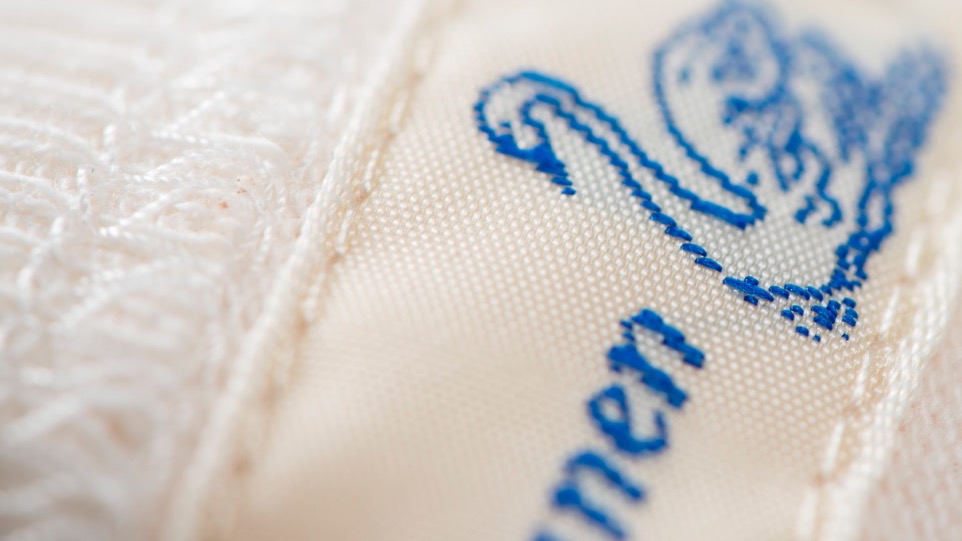
THE HERITAGE LIVES ON
The headquarters are in Berlin where Peter and Gitta Plotnicki lived for many years. While the two develop the first collection, the distribution strategy and thus lay the groundwork for Merz b. Schwanen, Rudolf Loder tinkered persistently with his old machines in Albstadt.
It took a whole year to restore the complex mechanical machines. Finding skilled people to operate these old machines is still a challenge.
The project began to raise dust in the Swabian Alb – especially Balthasar Merz’ descendants are intrigued by the entrepreneurial vision. They offer the Plotnickis their old brand name 'Merz b. Schwanen'
“We were thrilled. Suddenly, we held more than a century of company history in our hands. We couldn’t have wished for better support and a more effective motivation”, Peter Plotnicki said.
In January 2011, right on time for the company anniversary, Merz b. Schwanen presented its first new collection at the international fashion fair 'Bread and Butter' in Berlin. The idea of using authentic worker’s clothes from the 20s, 30s, and 40s as models and inspiration and blending them with a modern design was an unbelievably huge success.
THE HERITAGE LIVES ON
The headquarters are in Berlin where Peter and Gitta Plotnicki lived for many years. While the two develop the first collection, the distribution strategy and thus lay the groundwork for Merz b. Schwanen, Rudolf Loder tinkered persistently with his old machines in Albstadt.
It took a whole year to restore the complex mechanical machines. Finding skilled people to operate these old machines is still a challenge.
The project began to raise dust in the Swabian Alb – especially Balthasar Merz’ descendants are intrigued by the entrepreneurial vision. They offer the Plotnickis their old brand name 'Merz b. Schwanen'
“We were thrilled. Suddenly, we held more than a century of company history in our hands. We couldn’t have wished for better support and a more effective motivation”, Peter Plotnicki said.